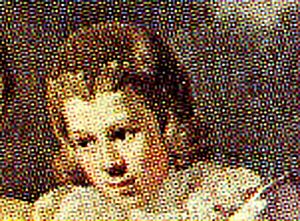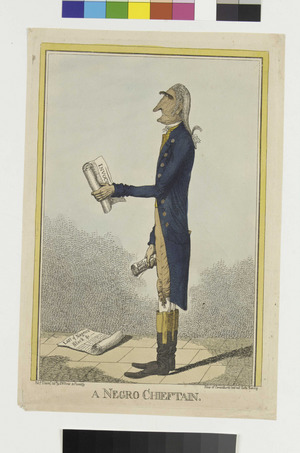Sir William Young, 2nd Baronet facts for kids
Sir William Young, 2nd Baronet, was an important British politician and colonial governor. He was born in December 1749 and passed away in January 1815. He owned sugar plantations in the Caribbean where many enslaved people were forced to work.
Young served as the Governor of Tobago from 1807 until his death. He was also a Member of Parliament (MP) for St Mawes from 1784 to 1806, and then for Buckingham from 1806 to 1807.
Early Life and Education
William Young was born in Charlton, London, in December 1749. He was the oldest son of Sir William Young, 1st Baronet, who was the governor of Dominica. His mother was Elizabeth, the daughter of a famous mathematician named Brook Taylor. William had several brothers and sisters.
When he was a child, he and ten other family members were part of a painting called The Family of Sir William Young, Baronet. This painting was created around 1766 by Johan Zoffany.
Young started studying at Clare College, Cambridge, in 1767. He later moved to University College, Oxford, in 1768. After finishing his studies, he traveled through France and Italy and wrote about his experiences. In 1777, he published a book called The spirit of Athens, which was praised for its insights into ancient Greek history and politics.
Political Career and Plantations
In 1782, William Young was chosen to represent the colony of Tobago in France. His job was to help settle disagreements over land. He returned to England in 1784 and became a Member of Parliament for St Mawes in Cornwall. He held this seat until 1806, when he was elected to represent Buckingham.
Young became a member of the Royal Society in 1786 and the Society of Antiquaries in 1791. These were important groups for scientists and historians.
In 1788, his father passed away. William inherited four sugar plantations from him. These plantations were in Antigua, St Vincent, and Tobago. Many enslaved African people were forced to work on these plantations. His father also left him a very large debt, which William had to pay off.
As an MP, Young often spoke in parliament about important issues. These included how to help poor people, taxes, and the slave trade. He also discussed the idea of uniting Ireland with Britain and changes to how parliament worked.
In 1791, Young took a break from politics in Britain. He traveled to the West Indies, visiting islands like Barbados, St Vincent, Tobago, and Grenada. He wanted to learn more about the sugar industry and the system of slavery. He also hoped to save his plantations from financial trouble, but he was not successful.
He later wrote about some of his travels in a book by Bryan Edwards, which discussed the sugar trade. Young also helped edit this book.
Young wrote several other books and papers. These included The rights of Englishmen (1793), which compared the British government to a democratic republic. He also wrote about poorhouses and workhouses in 1796, and instructions for armed volunteers in 1797. His book The West Indian Commonplace Book (1807) was also notable.
Young claimed that the enslaved people on his plantations treated him very well, giving him gifts and holding celebrations for him. When he returned to England in 1792, he argued for improving the living conditions of enslaved people. He believed that the trade of people from Africa would naturally end without the need for new laws. However, his ideas were seen as too hopeful. Eventually, William Wilberforce and his supporters managed to pass the Slave Trade Act 1807, which made the slave trade illegal in the British Empire.
In the same year, 1807, Young was appointed Governor of Tobago. He held this position until he passed away on January 10, 1815, at Government House in Tobago.
Family Life
William Young married Sarah Lawrence on August 12, 1777. They had four sons and two daughters. Sarah passed away in 1791.
Young married again on April 22, 1793, to Barbara Talbot. Barbara's uncle was Peter Talbot, who was an Archbishop of Dublin. Barbara lived for 15 years after William's death, passing away in 1830.
Images for kids




